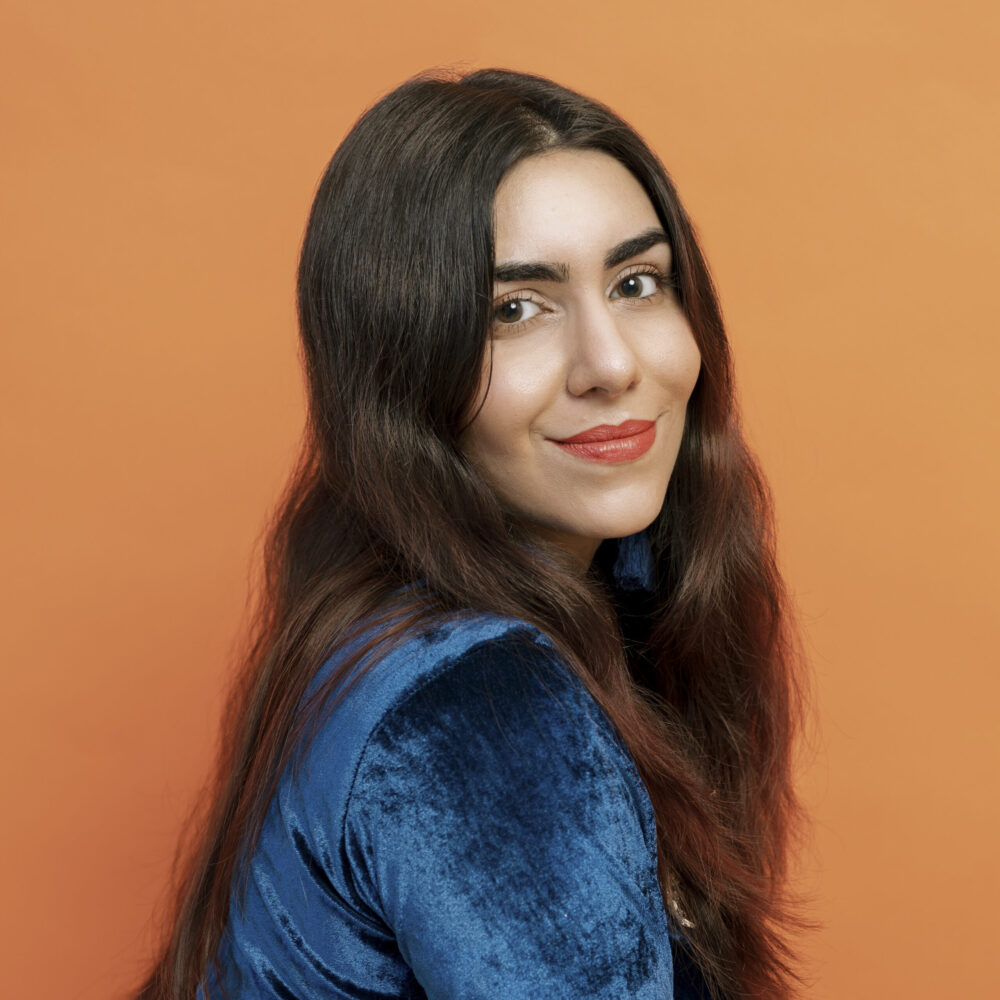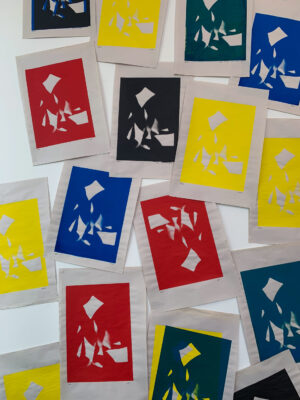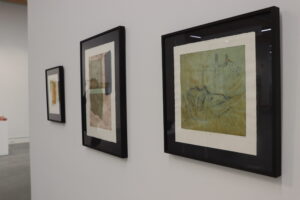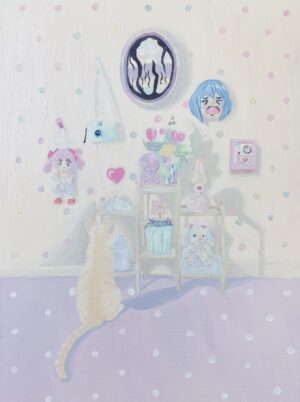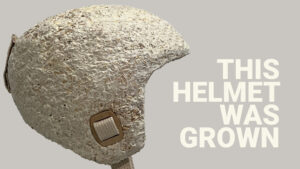DialysEase
Yasaman Hoorfar
Award Recipient
ECU Health Design Award for Service – Honourable Mention
DialysEase is a clothing line created for Peritoneal Dialysis patients. The line is designed with the intention of improving quality of life rather than simply promoting survival. The clothes are fashion-forward while also being practical, and serve as a reminder of the patient’s healing journey. DialysEase is designed to empower patients by acknowledging the strong correlation between physical and mental health and the importance of feeling fashionable and confident even while dealing with a health condition.
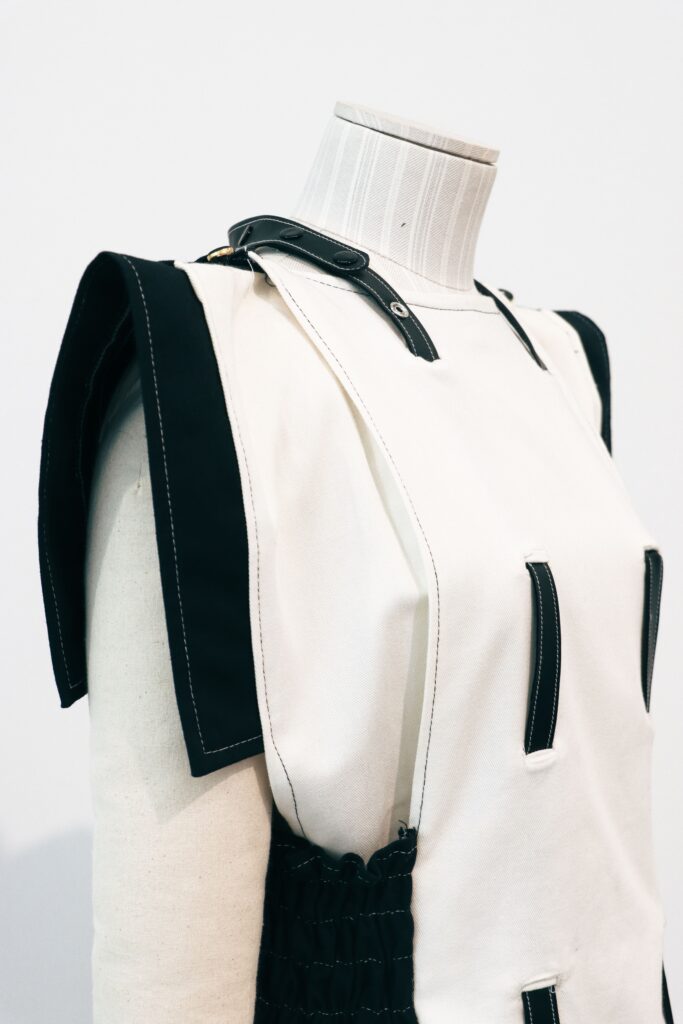
The Designer’s Story and Why This is Important
In 2020, my father passed away from prostate cancer. Over the years, had to have his bladder removed and rely on a urine bag, and his cancer unfortunately spread to his kidneys, leaving him with only one functioning at twenty percent. Dialysis became a necessity, as a kidney transplant was not an option for him.
As his primary caregiver and daughter, I observed firsthand the toll that his condition took on him both physically and mentally. While the healthcare team did all they could to prolong his life, there was a lack of attention given to addressing his mental health. Witnessing my father’s longing to return to a normal life, it became evident that mental health is just as crucial as physical health in these situations. At the time I could not bring myself to put my designer hat on due to my mental state,I made a conscious effort to observe and learn from the experience, serving as a motivation to help those currently facing similar challenges.
My father had an impeccable style, and although he had the financial means to purchase quality clothing, once he became ill, he was left with limited options. Available options performed as an accessory or an assistive tool that was not always designed with aesthetics in mind and but there were no clothes available as current fashion only belongs to able-bodied individuals. The added stigma of illness and disease made him feel isolated and forgotten. These issues contribute to a patient’s mental and emotional well-being, and should be a priority in healthcare.
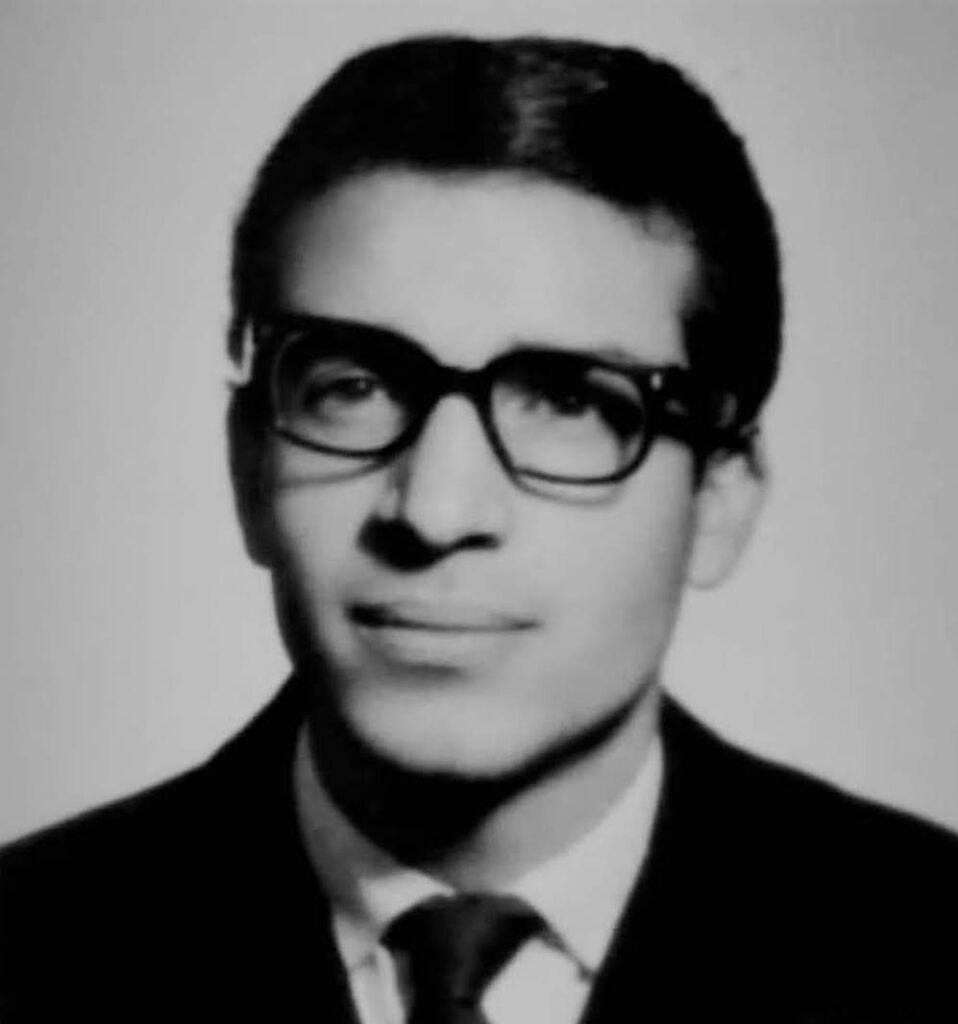
As a designer, I recognize the power of creativity in problem-solving, and I firmly believe that healthcare design should go beyond intangible solutions like UX/UI to include physical design that meets the needs of patients. My belief in patient-centered care and the value of innovative design solutions motivates me to apply for this award. By continuing this project with the healthcare team at Abbotsford Regional Hospital (ARH) and BC Renal, I hope to develop solutions that address the daily challenges faced by patients undergoing dialysis, including their intimate and sexual lives. With the support of ARH, my goal is to make a real difference in the lives of these patients and shift the conversation towards patient-centered care that deals with the mental and physical healing.
Needs Assessment
As my personal experience was limited, I recognized the importance of gaining a comprehensive understanding of the emotional needs of patients undergoing dialysis. I conducted thorough research by consulting with healthcare professionals and utilized online resources such as BC Kidney Foundation webinars and the Kidney Friends Circle Facebook group.
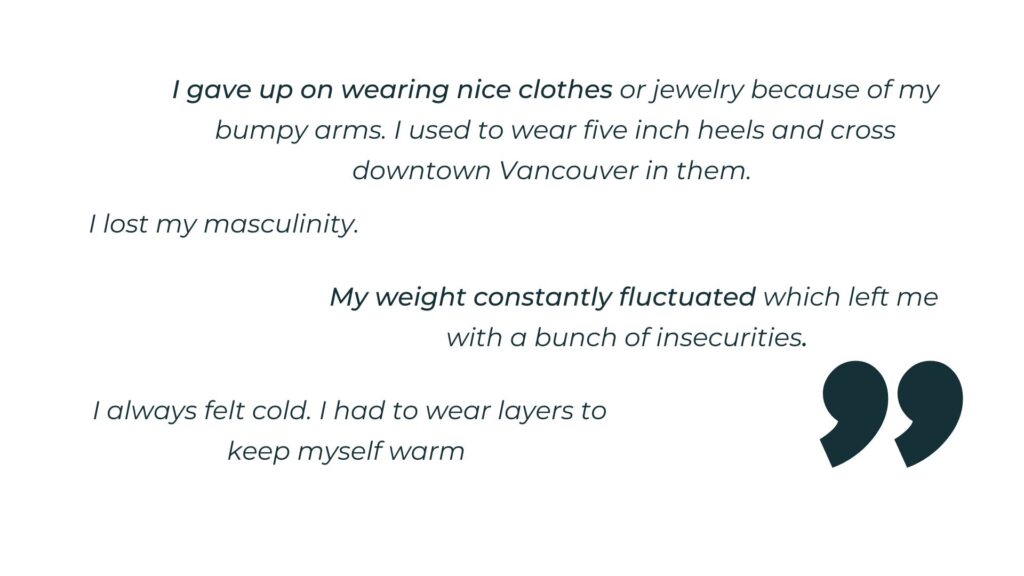
Through my research and interviews, I uncovered several important findings that shed light on the challenges faced by these patients. Specifically, I learned that many patients are forced to abandon their previous wardrobe due to physical changes, leading to feelings of discomfort and insecurity. Additionally, the loss of a sense of masculinity or femininity can be particularly difficult for patients, further contributing to emotional distress. Constant weight fluctuations also pose a challenge, causing body image issues and a lack of confidence. Finally, patients may experience a drop in blood sugar and body temperature, which can lead to additional discomfort and anxiety.
The biggest highlight of my research was my visit to the ARH to speak with Katie. During my visit, she showed me all the tools that were available to patients and it was a disappointing to learn how little care was put into these tools. They were all designed to look plainly medical, utilitarian, cheap in material and in design, and even tacky.


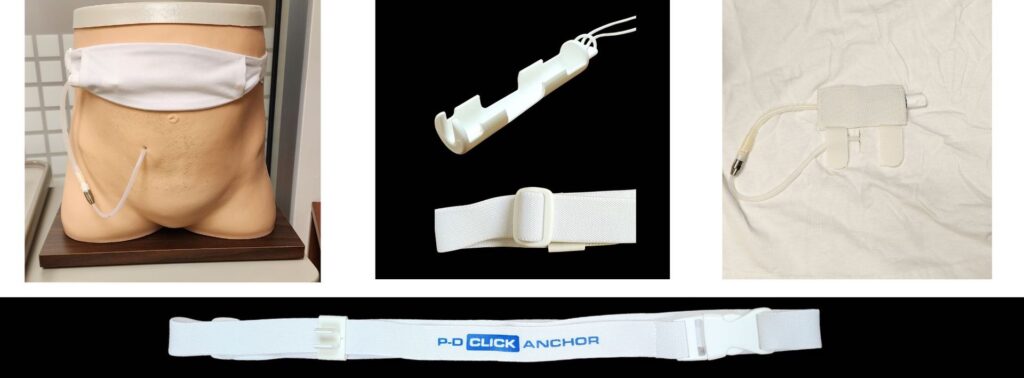
Method and Approaches Used
To bring my concept to life, I explored the transformative potential of pleating techniques by taking inspiration from prominent fashion figures such as the renowned Japanese fashion designer Issey Miyake and prestigious French couture houses. Through extensive research, I delved into current pleating technology, with a focus on designing fabrics that can seamlessly expand and contract in response to the wearer’s changing body shape. To do this manually with the tools available at hand, I experimented with various materials and techniques, including the use of card stock and 3D printed molds to make my own pleated fabrics and other techniques such as smocking using a princess pleater and shirring using an elastic thread.
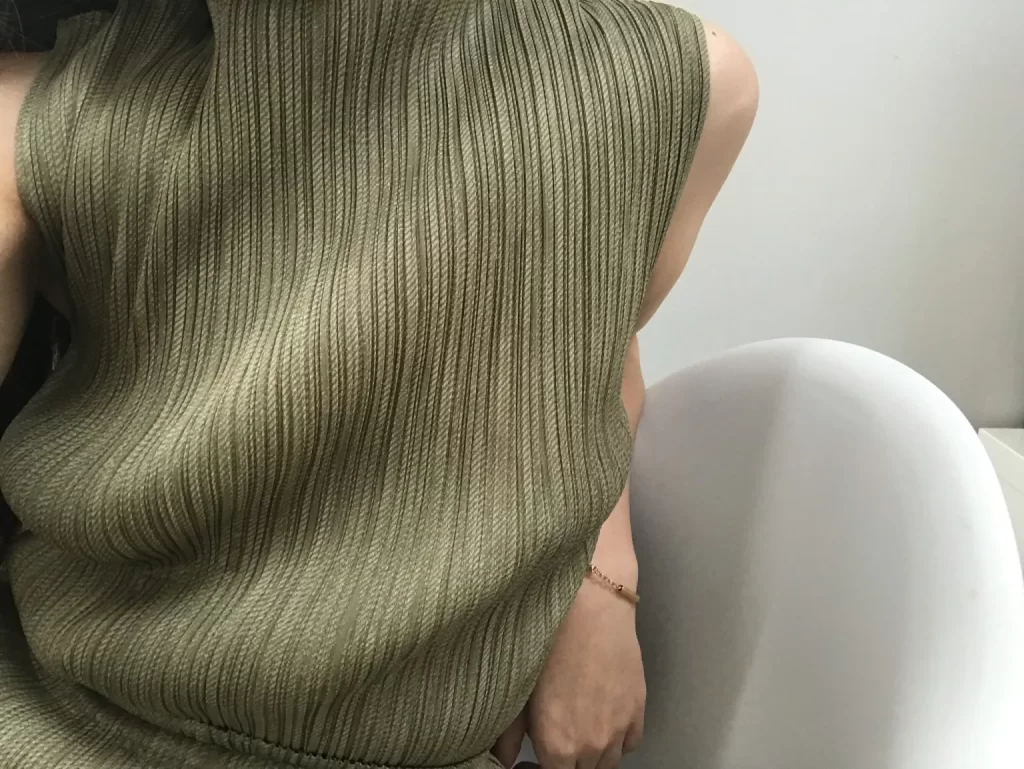
Prototyping & Ideation
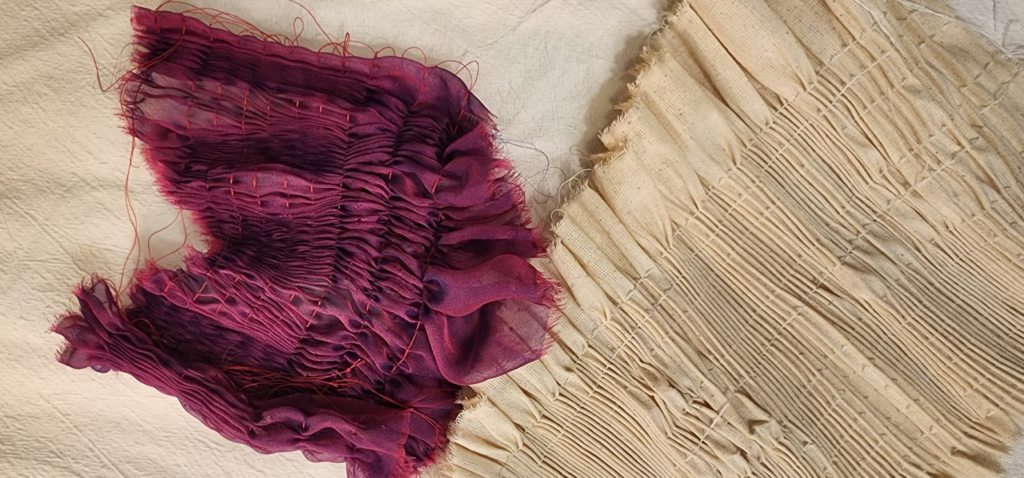
I explored many avenues to uncover the ways I could make the clothes adaptive to the individual’s body shape. My exploration incorporated techniques such as smocking using a princess pleater, shirring using elastic threads on sewing machine, and crossing over between paper and fabric by exploring the ancient art of Origami.
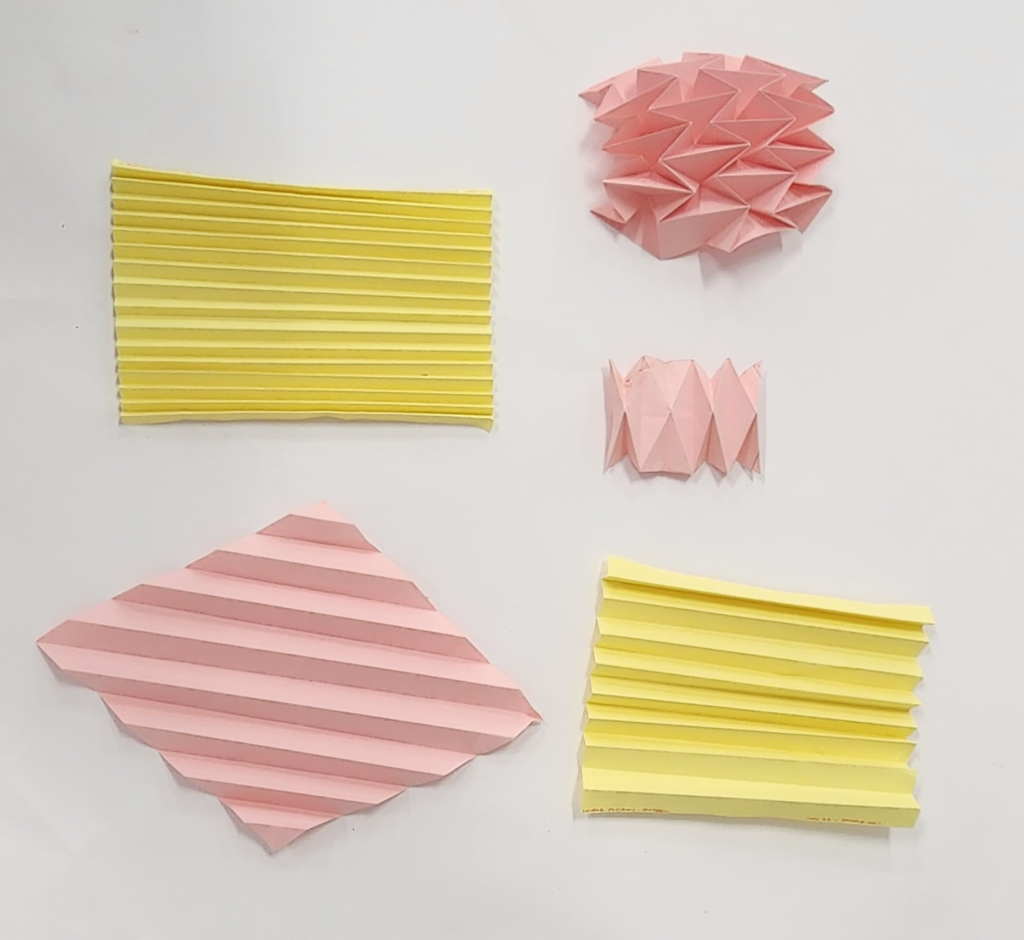
In the end I decided to make my first piece with pleated elastic bands on the side that expands and contracts with the body’s changing form. This piece is designed with a built in bag at the neck that can be adjusted to the patient’s desire to fall underneath the top or be exposed as a statement piece.
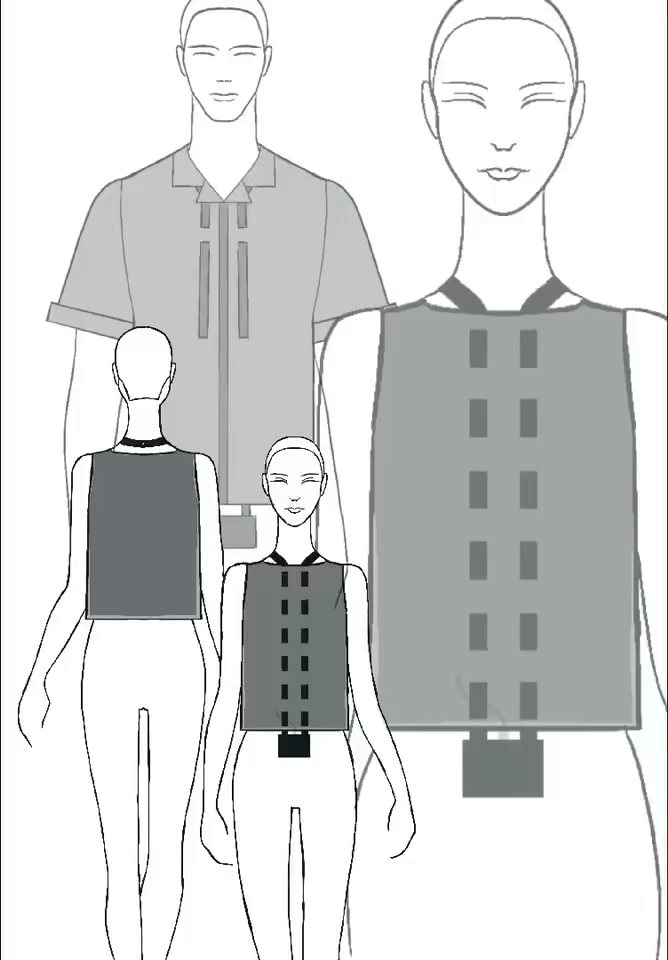
Potential Impacts
Presenting my concept to the head of UBC Nephrology, Dr. Levin, and at the Provincial Rounds at BC Renal gave me then opportunity to receive valuable feedback on how my concept of adaptive clothing that adjusts to the body’s changing shape could be applied to patients with other medical conditions, such as Lupus. This cross-over potential highlights the relevance and importance of my design research and approach. These findings make it clear that there is a pressing need for clothing design solutions that address the physical and emotional needs of patients facing constant weight shift. Additionally, throughout the development of my prototype, I collaborated with PD nurse Katie Cave, who suggested that the project could be extended into lingerie design. As Katie’s experience has shown, young patients, females particularly, often experience body image issues, which can impact their confidence, attraction, and sense of femininity, especially at a young age when they are hoping to find a partner. As a designer who is passionate about people and fashion, I am confident that I can develop innovative and stylish solutions that have a real impact on the lives of patients.

Moving Forward
Moving forward I am aiming to continue this project with the guidance of BC Renal and Katie Cave at ARH who has been my mentor for this project. I am very interested to speak with patients and understand more of what it is like to live as a dialysis patient, the lifestyle shift, and the everyday challenges they face both physically and emotionally. With their collaboration, we have decided to move forward with a clothing and lingerie collection to help patients with their wardrobe and to record a video discussing the intimate lives of patients.
My desired goal is to make two versions of each piece in the collection; one that requires advanced sewing knowledge and one that can be made with intermediate sewing skills. The technical patterns belonging to each piece will be available online to patients and their caregivers to download for free to make at home or with the help of others who have more sewing skills.
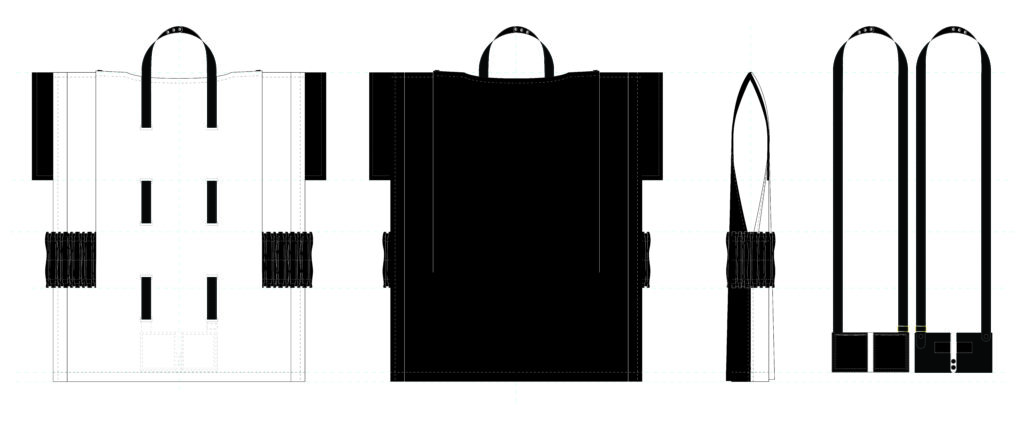
Download the first technical pattern here.
